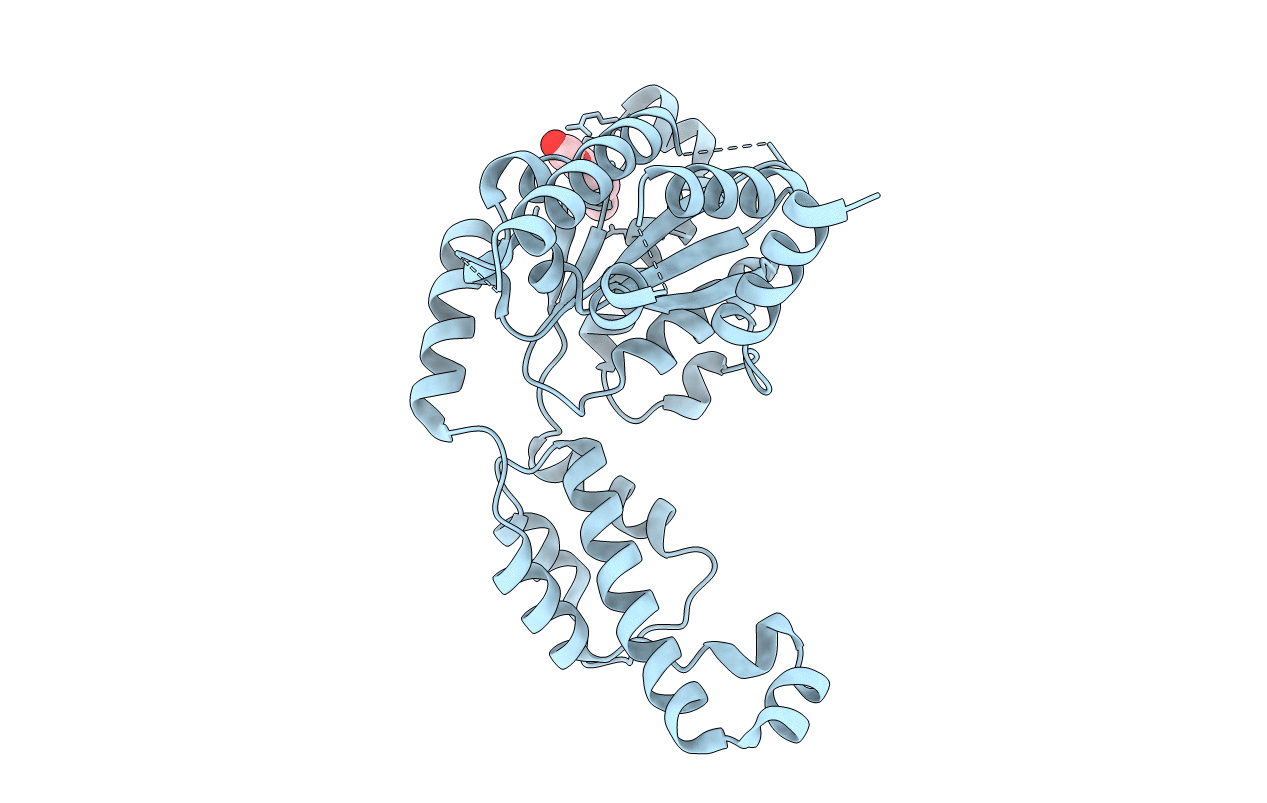
Deposition Date
2017-09-29
Release Date
2018-05-23
Last Version Date
2023-10-04
Method Details:
Experimental Method:
Resolution:
2.40 Å
R-Value Free:
0.25
R-Value Work:
0.21
R-Value Observed:
0.21
Space Group:
P 21 21 21


